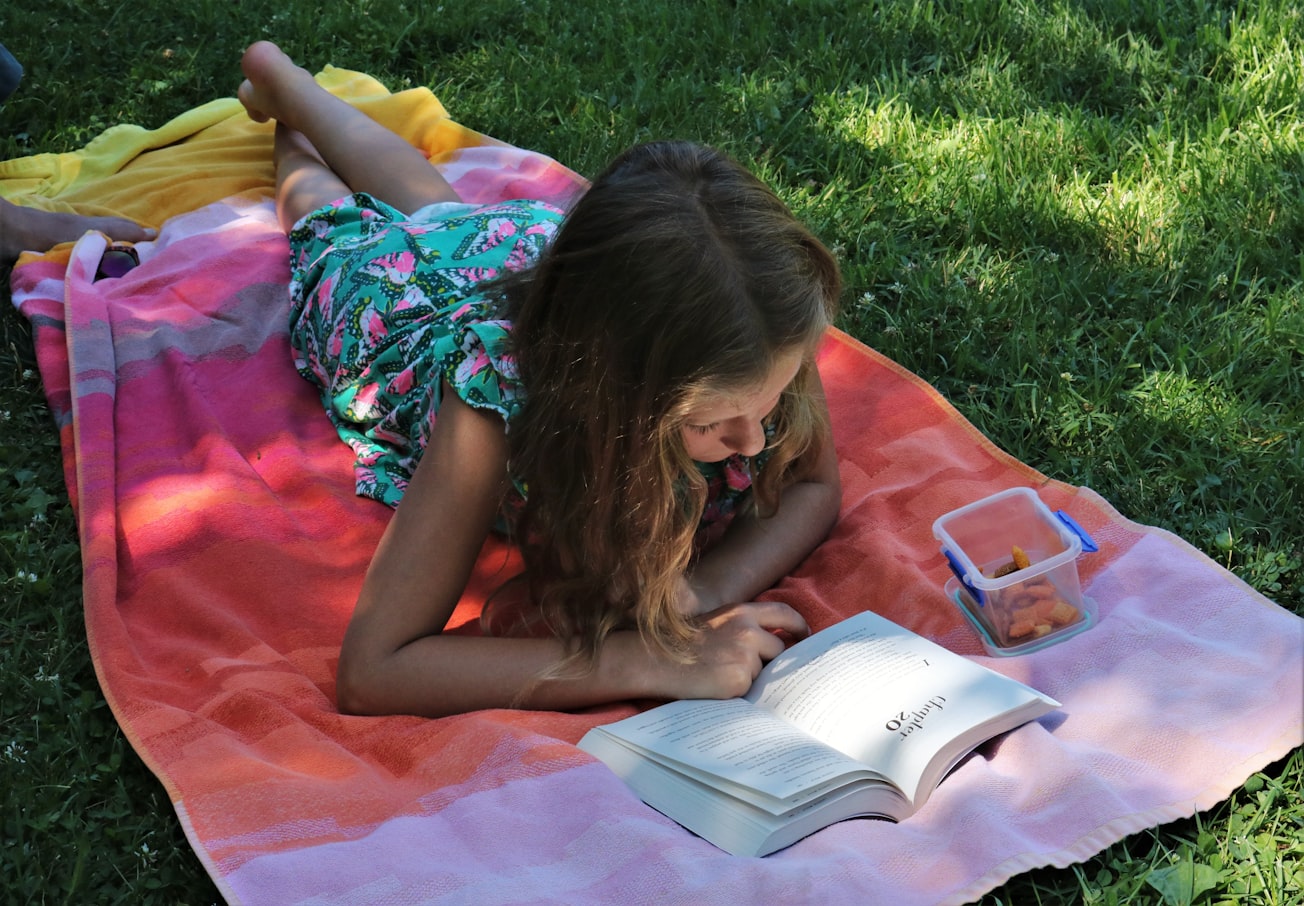What is it about?
This study is about the way understanding sentences helps support reading comprehension. Of course, we need to understand the words, but have you ever stopped to think about understanding the sentences? Sentences actually carry a lot of meaning too. We describe events by combining words together (e.g., the dog chased the cat and the dog was chased by the cat do not describe the same event). How well children understand the meanings that arise from the way words combine into sentences is highly related to how well they understand text. In particular, we found that children's understanding of basic (canonical) sentences was highly related to their reading comprehension.
Featured Image

Photo by Skylar Zilka on Unsplash
Why is it important?
Interventions for reading comprehension tend to focus on building vocabulary skills in particular or oral language as a whole. Our findings also highlight a crucial role for oral sentence comprehension as an underlying skill supporting reading for understanding.
Perspectives
All aspects of language are interconnected. For instance, when we hear or read a sentence, both the words themselves and the way they combine help us understand the meaning. Yet, in this study, the goal was to focus on the way words combine into sentences. As such, one of the challenges for me was to find a task that measured sentence comprehension without depending too much on words' meaning. My search resulted in a task that included non-sense sentences such as "The watch that had hugged the truck behind the kite was bright", which I find particularly amusing.
Dr Catherine Mimeau
Université TÉLUQ
Read the Original
This page is a summary of: Not all sentences are created equal: Evaluating the relation between children’s understanding of basic and difficult sentences and their reading comprehension., Journal of Educational Psychology, February 2021, American Psychological Association (APA),
DOI: 10.1037/edu0000545.
You can read the full text:
Contributors
The following have contributed to this page







